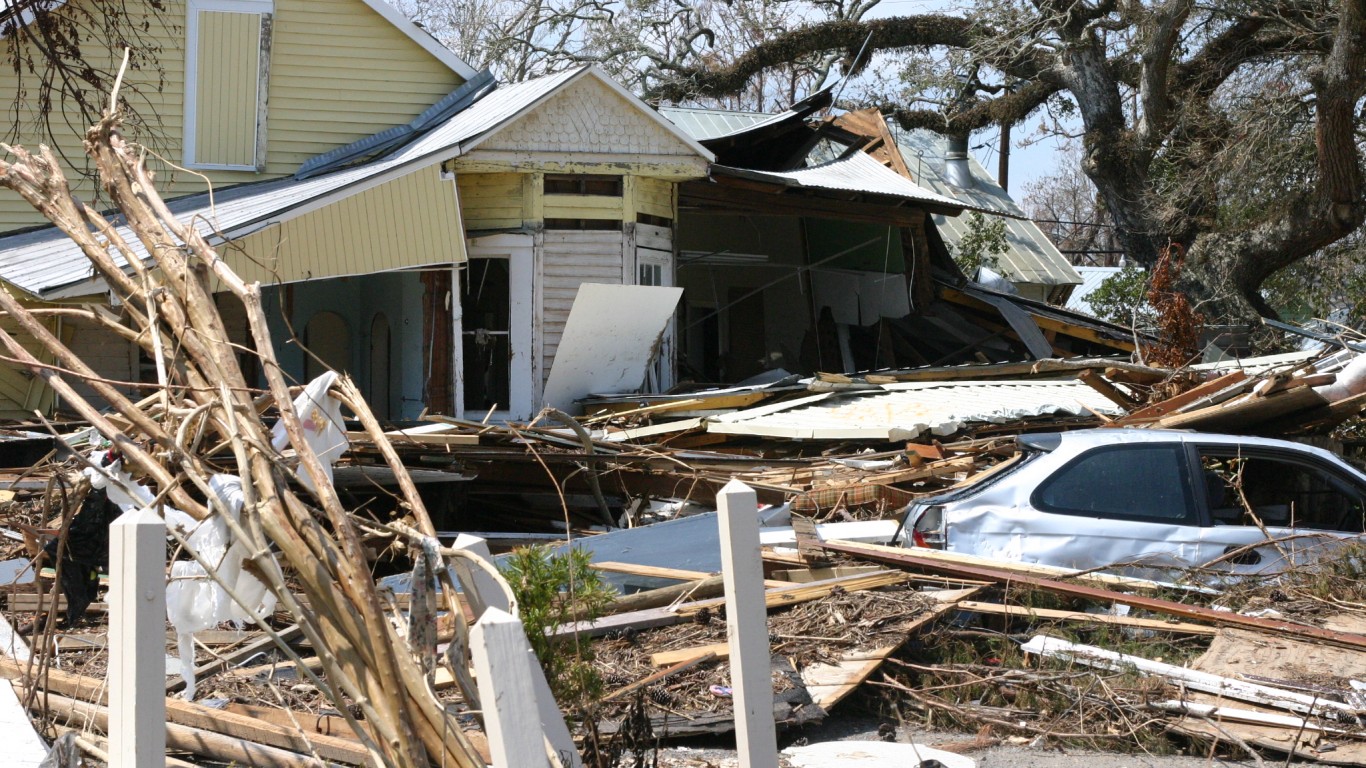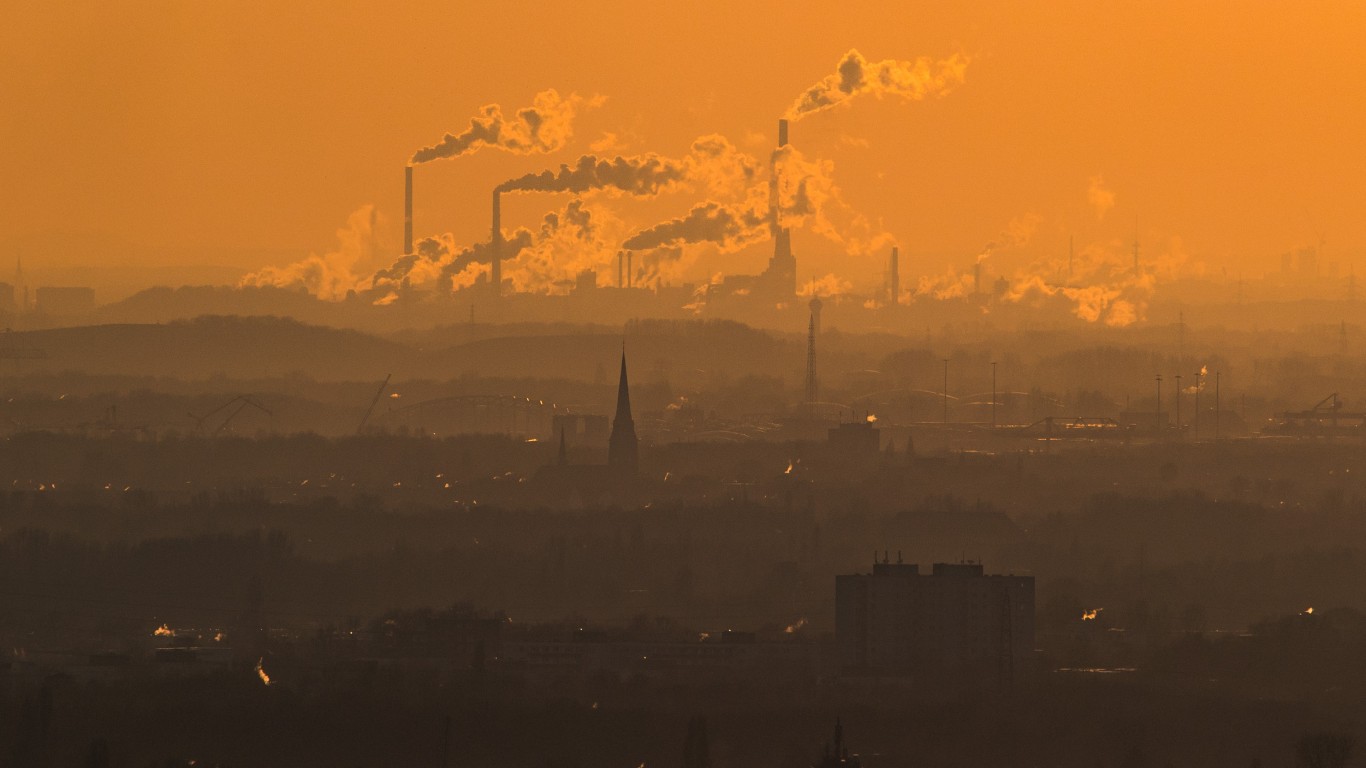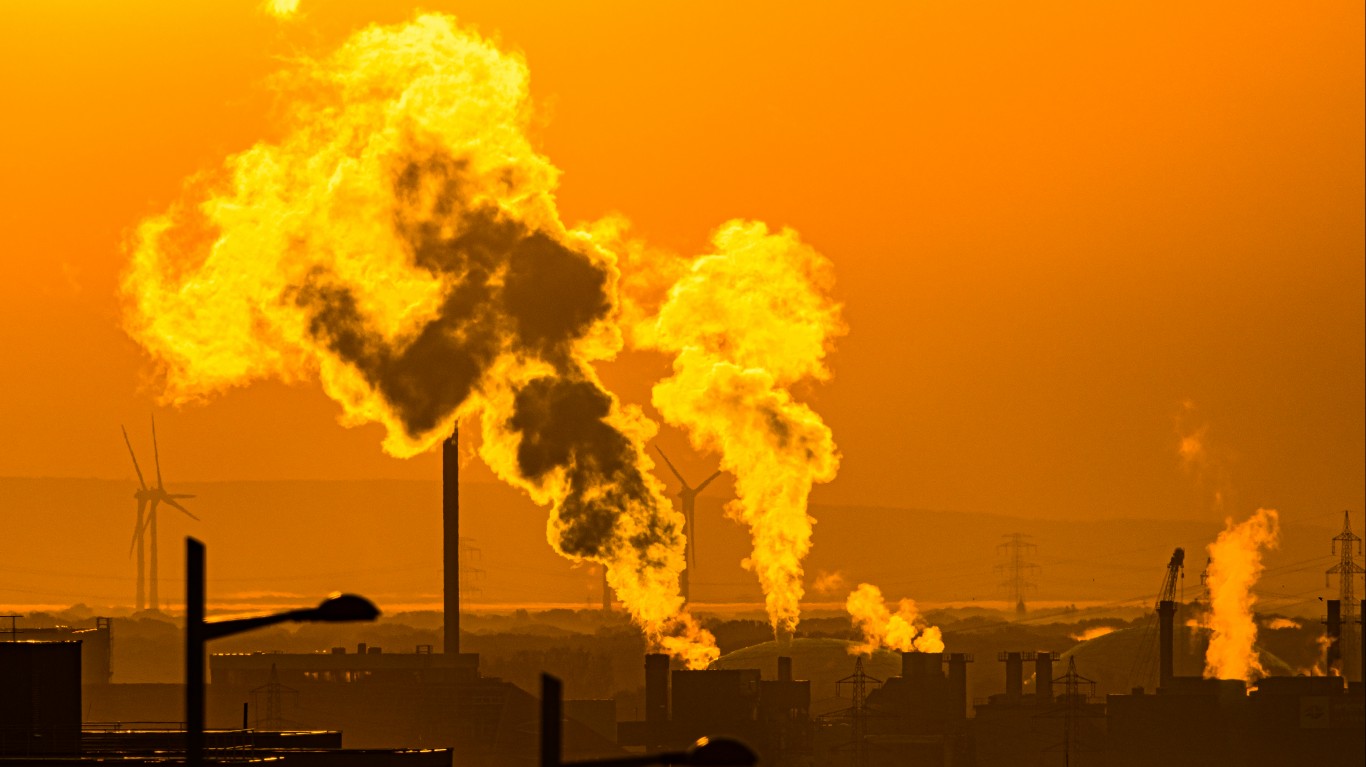By David Callaway, Callaway Climate Insights
A year of deal-making in the renewables space has gotten off to a hot start in these early days of January as three big players— and a small fourth — announced deals that start to move environmental, social and governance (ESG) investing from pledge-making to action.
Goldman Sachs (GS) said this week its private equity unit would invest $250 million in Canadian energy storage pioneer Hydrostor, in what is reportedly the largest investment ever in a company that stores energy for long durations. Meanwhile, Breakthrough Energy Ventures, the Bill Gates group, said it is preparing to invest up to $15 billion in renewable deals in the U.S. and Europe, in technologies such as energy storage, carbon capture and green hydrogen.
And as we wrote yesterday, The Blackstone Group (BX) said late last week it will invest $3 billion in Invenergy Renewables, the largest private renewables project company in the U.S., in an early sign of what attracted sustainable standards leader Jean Rogers to the company as its new head of ESG, starting this month.
Not to be outdone by the big players, Callaway Climate Insights announced its own small contribution to 2022 deal flow this morning, in the form of a joint venture with popular financial news group 24/7 Wall Street. We’ll be contributing our non-subscription content, including podcasts and videos, to a new site in the 24/7 universe called 24/7 Climate Insights. It will be run by me and 24/7’s Doug McIntyre, a friend and old Wall Street hand who has built an impressive data-focused business news operation over the past 15 years.
Our premium insights and columns will remain for subscribers only, but this way we can reach a much broader audience with our free content through 24/7’s extensive channels. Expect to see more of us in your news feeds going forward. After having more than doubled our audience last year, we’re excited that this year has kicked off with such activity in the sustainable space. The best is yet to come.
More insights below. . . .
Sustainability Stars with Hitachi’s Norio Masuda
. . . . As global sustainability standards begin to coalesce around two European programs, companies and countries around the world will search for ways to adapt them while keeping their local flavor. In her latest Sustainability Stars column, Marsha Vande Berg interviews Norio Masuda, the executive responsible for promotions and standards at Japanese technology giant Hitachi, as well as a leader on the Japanese corporate working group for environmental, social and governance issues, about how he sees it all coming together in Japan. . . .
Read the full interview
Tuesday’s subscriber insights: Nuclear drumbeat grows in Europe
. . . . Two more countries laid down plans this week to move away from coal by upping their nuclear capacity, adding their weight to France as it leads the nuclear charge on clean energy against a reluctant Brussels. The Czech Republic and Poland both are making plans to eliminate coal in the next decade and replace it with nuclear power. It will be difficult for Brussels to leave nuclear power out of its renewable taxonomy when so many countries are using it. Read more here. . . .
. . . . Cars and trucks have become more like computers for years, but now a computer electronics company wants to start making cars. Sony (SONY) joined the electric vehicle frenzy last week, unveiling a prototype at the Consumer Electronics Show in Las Vegas. As cars become more like entertainment centers, why not. Rumors are Apple (AAPL) is not far behind. Read more here. . . .
. . . . Energy storage capacity is increasingly attracting investor attention, with the International Energy Agency forecasting global storage will increase by more than 50% in the next four years as advances in battery power, hydropower and even gravity usage are being used to create new ways to store energy for future use. Expect to hear more about this corner of sustainability, especially as the debate over natural gas and nuclear energy heats up this spring. Read more here. . . .
. . . . Shares of Rivian (RIVN) bounced off post-IPO lows Tuesday as investors stung by the mysterious departure of its chief operating officer over the holidays were relieved by news that it had produced more than 1,000 vehicles last year and delivered more than 900. The shares remain just above the IPO price, however, and investors will remain skeptical until the company can come clean about what’s going on at the top. . . .
. . . . Solar investors have suffered in recent weeks, but new research out this month indicates that at least two of their biggest issues — supply chain bottlenecks and inflation — could be relieved later this year as more capacity in polysilicon production in China will lead to greater supply of materials used to make the voltaic cells on solar panels. The key question, however, is when? Read more here. . . .
. . . . The Intercontinental Exchange said Tuesday that it handled a record volume of carbon contracts in 2021, equivalent to 18 billion tons of carbon, or about half of the world’s energy-related emissions footprint. Carbon prices were trading this week at about €80 on European contracts, about 10% off record highs set last month. . . .
Editor’s picks: Brrrr. Also, the tab for 2021’s natural disasters hit $280 billion
Munich Re: 2021 natural disasters caused $280 billion in damage
Reinsurance company Munich Re said this week that damage from Hurricane Ida and the flash floods that hit Europe last summer made the year one of the most expensive for natural disasters. According to a report from the Associated Press, Munich Re’s annual report tallied overall economic losses from natural disasters worldwide in 2021 at $280 billion. Munich Re said insured losses in 2021 amounted to $120 billion, the second-highest after 2017, when hurricanes Harvey, Irma and Maria hit the Americas. More than a third of 2021’s insured losses were caused by Hurricane Ida, at $36 billion, and the July floods in Europe, at $13 billion. Ida hit Louisiana on Aug. 26, and 115 people died as a result of the storm.
Supreme Court allows ethanol limits to stand
The Supreme Court on Monday left in place limits on a higher ethanol blend called E15. Reuters reports that justices turned away a request by Growth Energy, a biofuels industry group that sought to reinstate a decision made by the Environmental Protection Agency under former President Donald Trump to allow expanded sales of gasoline that has a higher ethanol blend. A lower court ruling had vacated that E15 policy, saying the EPA exceeded its authority when it extended a waiver that allowed year-round sales of E15, effectively halting summer prohibitions designed to reduce pollution.
Data driven: How low can you go?
. . . . According to the National Weather Service’s prediction center, the highest daytime high temperature in the contiguous United States yesterday was a balmy 87°F. in Naples, Fla. The overnight low temperature Monday was -34°F. at Badoura, Minn. The two spots are about 1,900 miles apart, but if you leave Florida now you could be in Minnesota in around 30 hours. It’s tricky to calculate the coldest day in Minnesota’s history, because the wind-chill factor calculations were really modernized only in 2006. However, MinnPost says the record low — probably — was set in the Twin Cities on Jan. 22, 1936 when the windchill was measured at -63°F. Mark your calendar: The St. Paul Winter Carnival starts Jan. 28. . . .
Callaway Climate Insights Newsletter
By David Callaway












